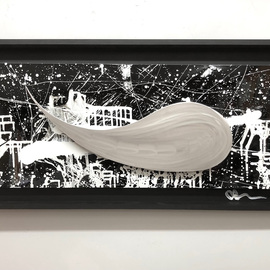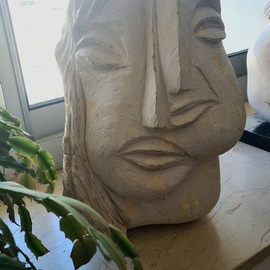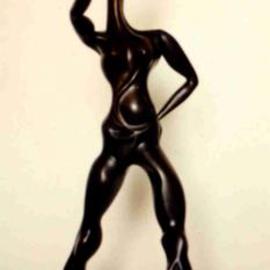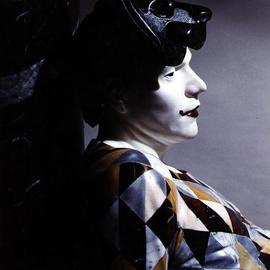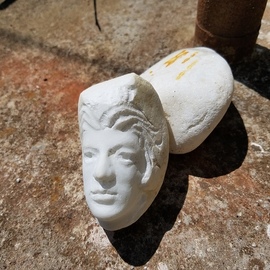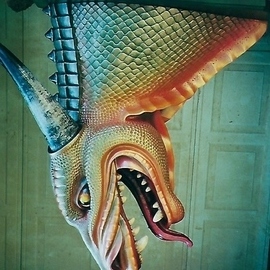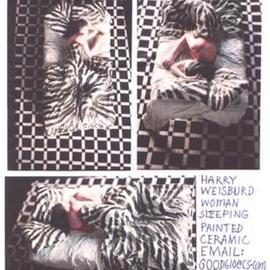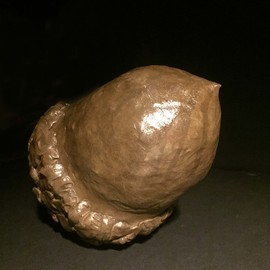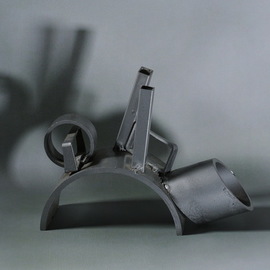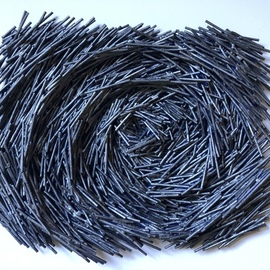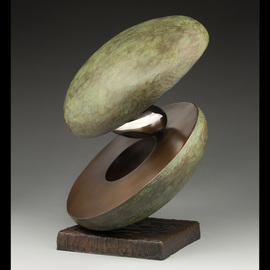Contemporary Sculptures For Sale

Our large collection of original art sculptures and contemporary three-dimensional (3D) objects can help you find the perfect piece for your space whether it is your home, office, garden or personal art space. We offer a wide variety of mediums, such as bronze sculptures, stone sculptures, metal sculptures like steel and aluminum sculptures, wood carvings and other harder to find mediums. Browse through our modern three-dimensional compositions and creations. Original, high-quality sculpture artworks are our specialty and we have been offering them online since 1995.
Are you interested in a sculpture commission? Whether you're looking for a fantastic bas relief or a marble sculpture for your house or garden, a large sculpture or monumental corporate or public art sculpture, our selection of sculptors offers something for everyone.
From prehistoric woodcarvings and ceramic masterpieces to abstract works of the 1920s and minimalist sculptures to contemporary masterpieces of all sizes, from large outdoor and public art sculptures to garden and private installations to desktop sculptures and selections for interior designers or corporate designs, you can find it here. Simply select your price range, medium, artistic style, or theme below to start.
Can't find the perfect sculpture artwork? Our art advisory team is always here to help. Most large sculptures for indoor or outdoor sculpture placement are commissioned works of art from sculptors around the world. We have decades of experience providing our art clients with large sculpture projects for corporate environments and private collections as well as a fantastic sculpture for your space.
Our large collection of original art sculptures and contemporary three dimensional (3D) objects helps you find all the sculptures for your . We offer a multitude of different mediums such as bronze sculptures, stone sculptures, metal sculptures like steel and aluminum sculptures, wood carvings and other harder to find mediums. Browse modern three dimensional compositions and creations. Original high quality sculpture artworks are our speciality. Are you interested in a sculpture commission? Whether you are looking for a fantastic bas relief or marble sculpture for your house or garden; whether you are looking for a large scultpure or a monumental corporate or public art sculpture, our selection of sculpture artists offers exactly that.
Starting with prehistoric like woodcarvings, ceramic master pieces and progressing towards abstract works of the 1920's vi minimalist sculptures to contemporary master pieces in all size from large outdoor and public art sculptures to garden and private installations to desktop sculptures and selections for interior designers or corporate designs. Simply select your price range, medium or artistic style and theme below to start. If you want to learn more about the history of art movements and artists simply scroll down to the art history tip. Can't find the perfect perfect sculpture artwork? Our art advisory will always help. Most large sculptures for indoor or outdoor sculpture placement are commissioned works of art by sculptors worldwide. We have decades of experience providing our art clients with large sculpture projects for corporate environments and private collections.
Read Less
Important Art Historical Movements Related to Modern Sculpture
Conceptual art is based on the concept that art may exist solely as an idea and not in the physical realm. For advocates of this movement, the idea of a work matters more than its physical identity. The movement began in the early 20th century, but was based on the European Dada movement and the writings of philosopher Ludwig Wittgenstein. Conceptual art also had roots in the work of the father of Dadaism, Marcel Duchamp, who was also the creator of the "ready-made." Conceptual art became an international movement, beginning in North America and Western Europe and spreading to South America, Eastern Europe, Russia, China, and Japan. It was a major turning point in 20th century art, challenging notions about art, society, politics, and the media with its theory that art is ideas. Specifically, that art can be written, published, performed, fabricated, or simply thought.Conceptual art emerged in the 1960’s, the term first used in 1961 by Henry Flynt in a Fluxus publication. It later evolved into a different meaning when the Art and Language group, headed by Joseph Kossuth, adopted it. This group believed that Conceptual art was created when the analysis of an art object succeeded the object itself. The term gained public recognition in 1967, after journalist Sol LeWitt used it to define their specific art movement. Conceptual artists began forming around the theory that the knowledge and thought gained in artistic production was more important than the finished product. The first Conceptual art exhibit, titled "Conceptual Art and Conceptual Aspects" took place in 1970 at the New York Cultural Center.
Conceptual art was intended to convey a concept to the viewer, rejecting the importance of the creator or a talent in the traditional art forms such as painting and sculpture. Works were strongly based on text, which was used as much as if not more often than imagery. Conceptual art also typically incorporates photographs, instructions, maps, and videos. The movement challenged the importance of art traditions and discredited the significance of the materials and finished product. Rather, Conceptual works were meant to be proactive and questioning to the nature of art.
A controversial movement, supporters believe that Conceptual art expanded the boundaries of art and stopped the influence of commercialism. Critics see the movement as dull and pretentious. Although some Conceptual artists attempted to make serious political and social statements, more often than not they were preoccupied with analyzing the nature of art. Conceptual art was the forerunner for installation, digital, and performance art, more generally art that can be experienced.

